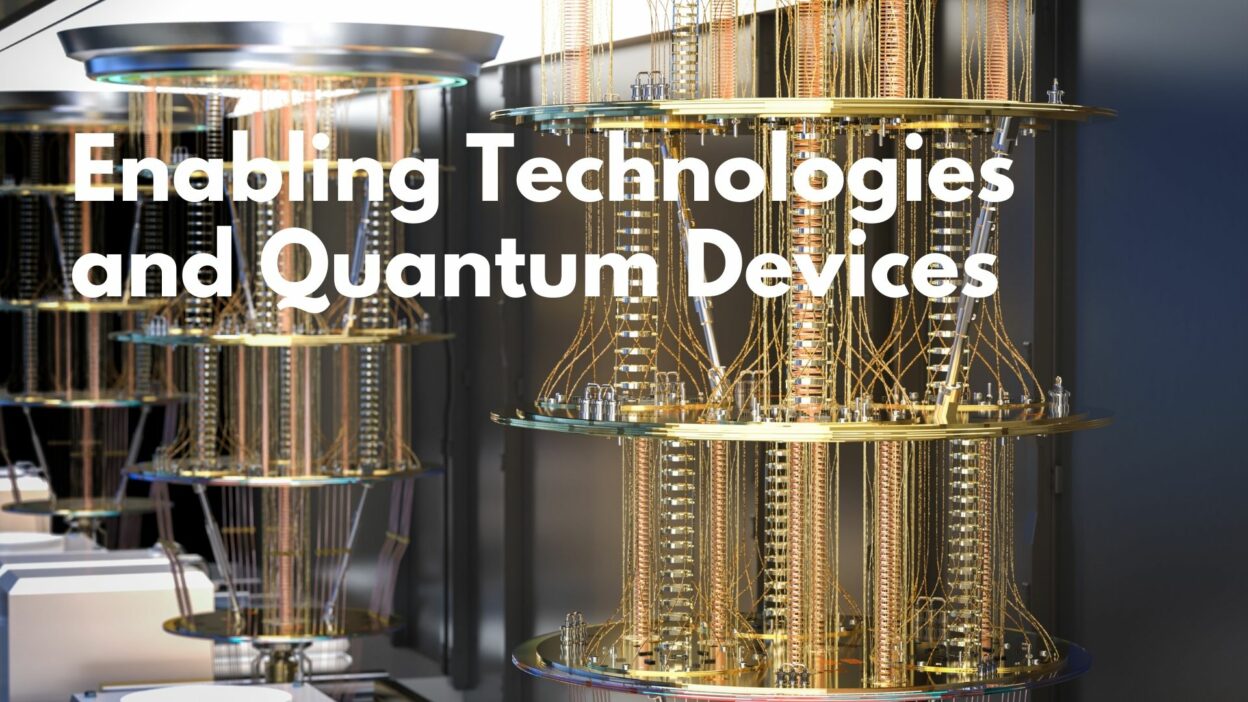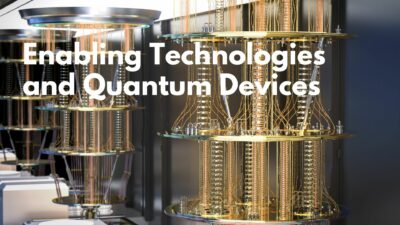Researchers at NIST have developed a new theory that explains how spin currents can generate mechanical and magnetic torques in a wider range of materials than previously understood. The theory, published in Physical Review Letters, accounts for both spin transfer torques and mechanical torques in materials where total spin is not conserved, such as those with strong spin-orbit coupling.
The key finding is a generalized relationship between total angular momentum currents, magnetic torques, and mechanical torques. This allows the theory to explain recent experiments measuring spin current-induced nanomechanical torques in nonmagnetic materials. The research has implications for technologies like magnetic random access memory (MRAM) and nanoscale microwave oscillators, as it provides a more comprehensive understanding of how spin currents can manipulate magnetic materials.
The theory also predicts that magnetic torques may become stronger in the presence of spin-orbit coupling, making them more effective for current-induced magnetic switching. This could lead to more efficient and compact magnetic devices in the future.
Keywords: torque, spin, angular momentum


